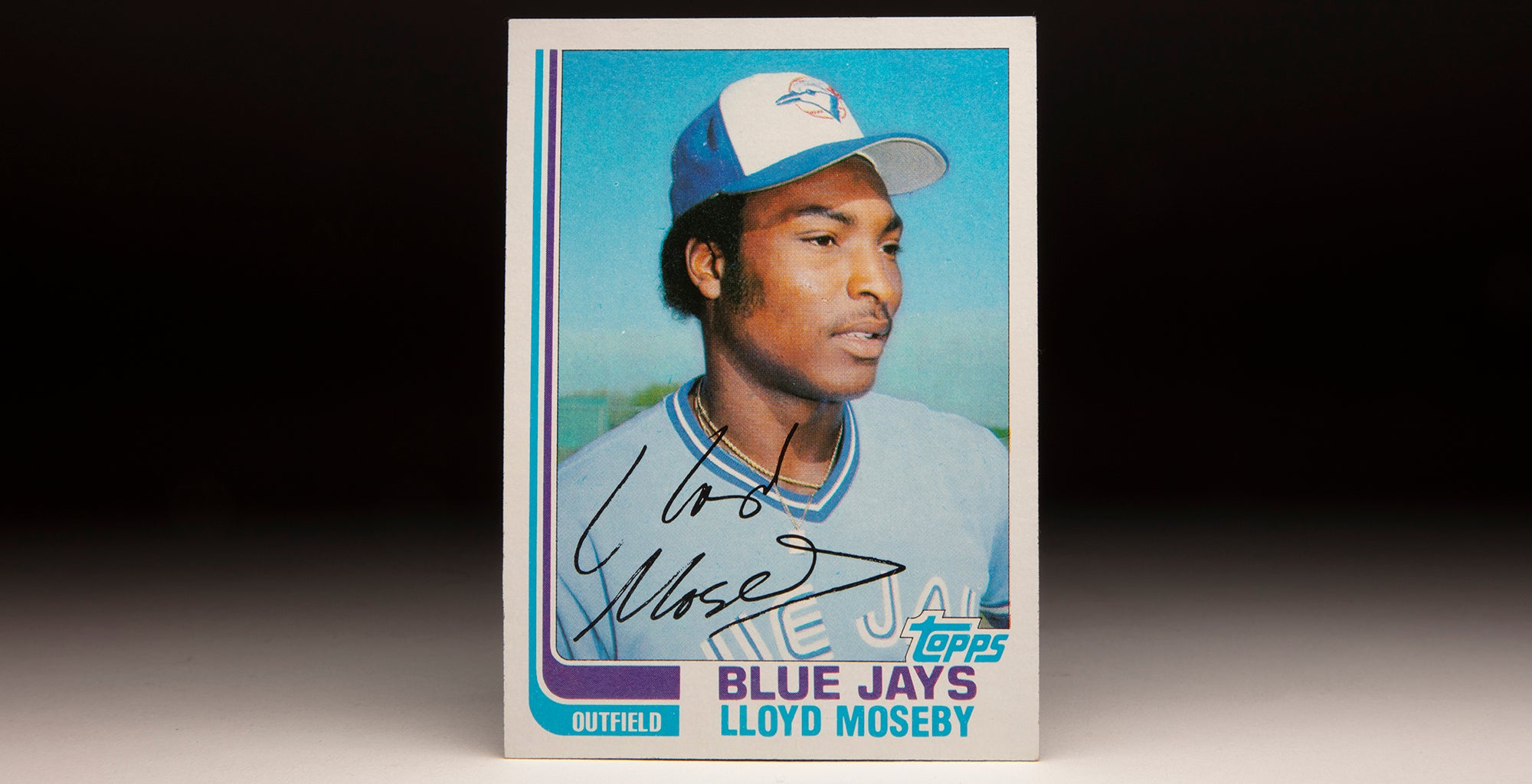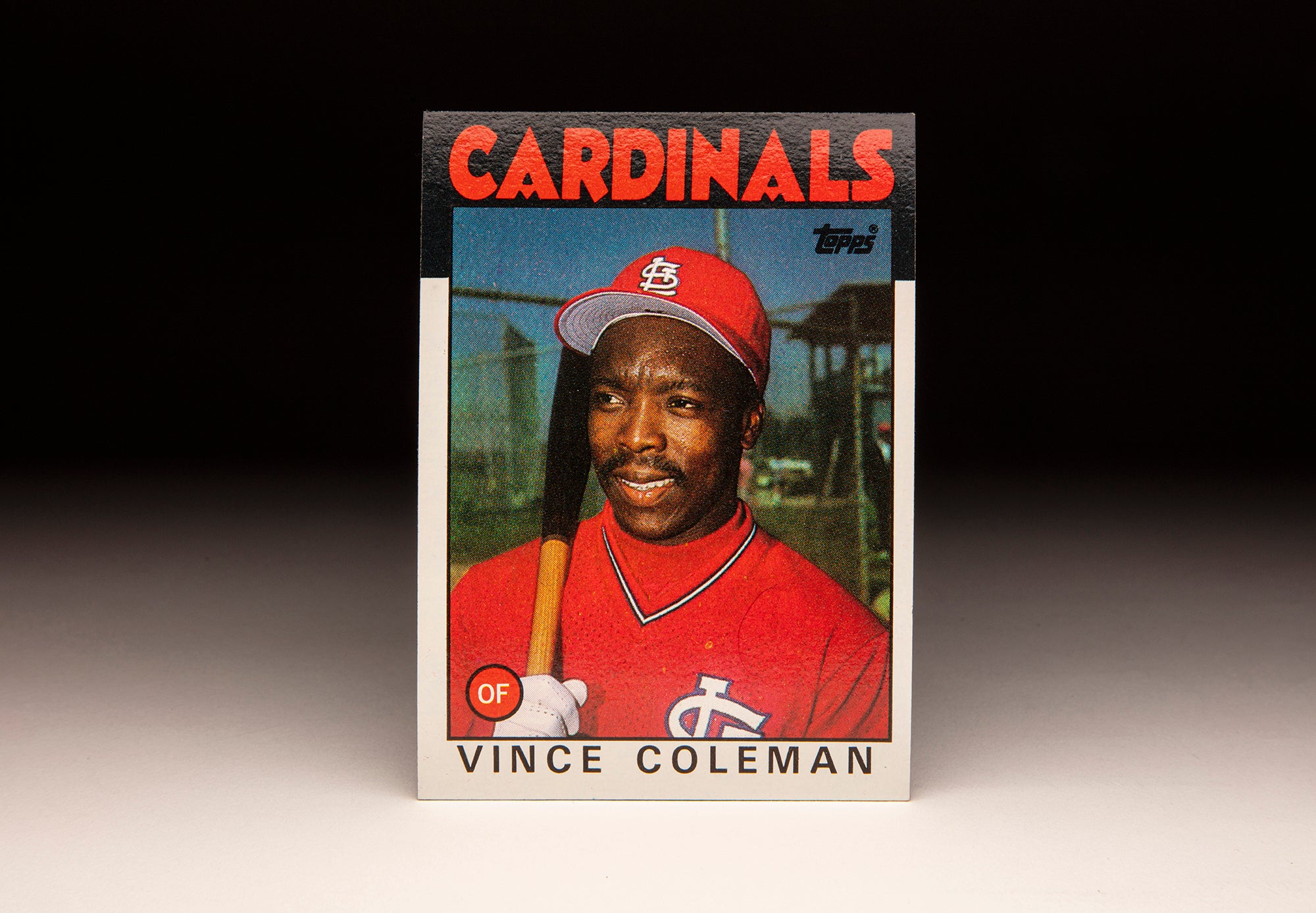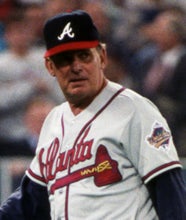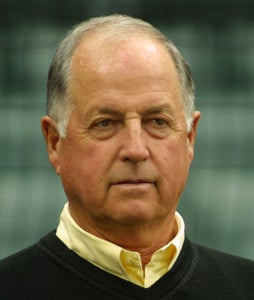- Home
- Our Stories
- #CardCorner: 1986 Topps Jesse Barfield
#CardCorner: 1986 Topps Jesse Barfield
When the “best tools” discussion among 1980s players comes up, there’s Dwight Gooden’s fastball. And there’s Vince Coleman’s footspeed. And Pete Incaviglia’s power.
But there may have been none as awe-inspiring as Jesse Barfield’s throwing arm.
A member of the Blue Jays’ celebrated outfield trio that helped Toronto to its first postseason appearance, Barfield dazzled teammates and opponents with his talent and work ethic before injuries cut short his career.
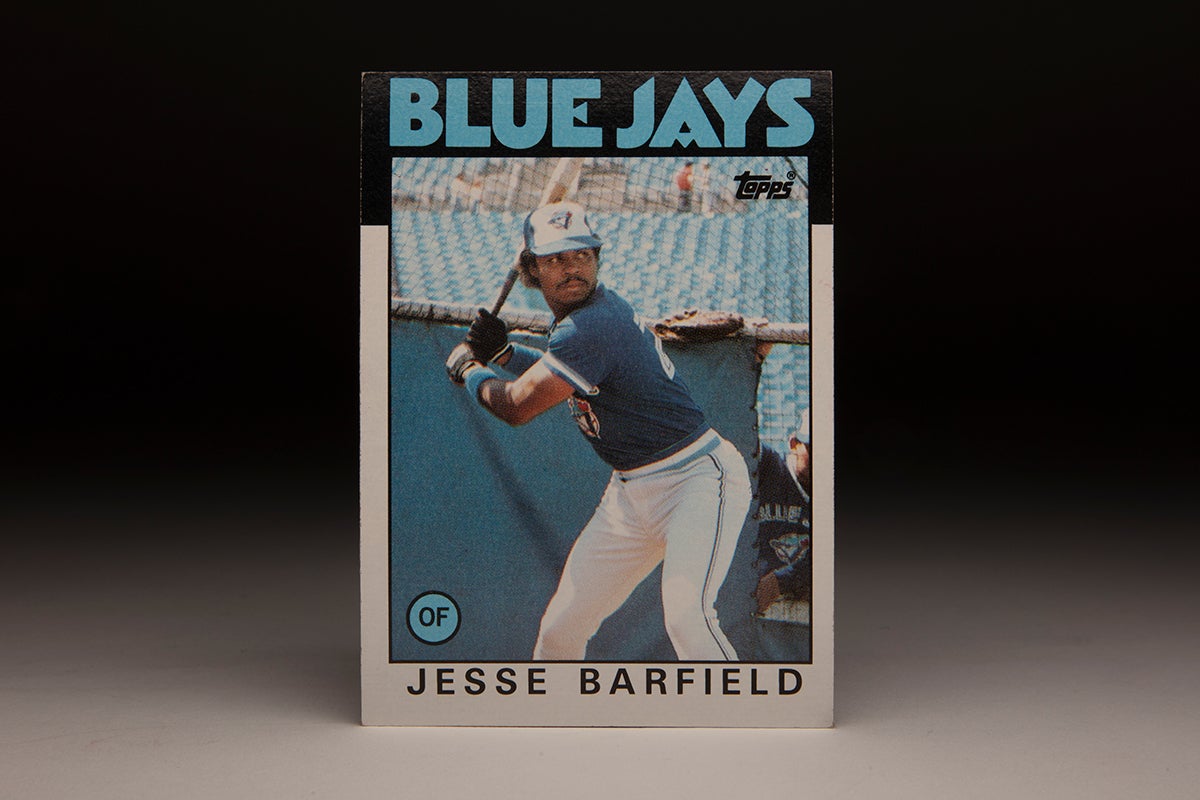
Born Oct. 29, 1959, in Joliet, Ill., Barfield was the oldest of four children. His mother, Annie, worked to support her family – and Barfield did not know who his father was until several years after his big league debut.
Active at the local Boys Club as a youngster, Barfield quickly developed a love for baseball.
“They had pool and ping pong and everything, and we took some trips to Comiskey Park and maybe one or two games at Wrigley Field,” Barfield said.
“(The Boys Club) was a real blessing. It gave me something in life: A head start.”
Following Chicago baseball stars like Dick Allen, José Cardenal and Ernie Banks, Barfield began to hone his skills. Then in high school, Barfield made a name for himself during his senior year at Joliet Central. In a game against Joliet Catholic, Barfield blasted two doubles against pitcher Bill Gullickson – then considered the top high school pitcher in the nation. The many scouts in attendance that day to see Gullickson took note of Barfield, and on June 7, 1977, Barfield was selected in the ninth round of the MLB Draft by the Blue Jays.
Gullickson was selected as the No. 2 overall pick in the June 1977 MLB Draft, one pick after Harold Baines and one before Paul Molitor.
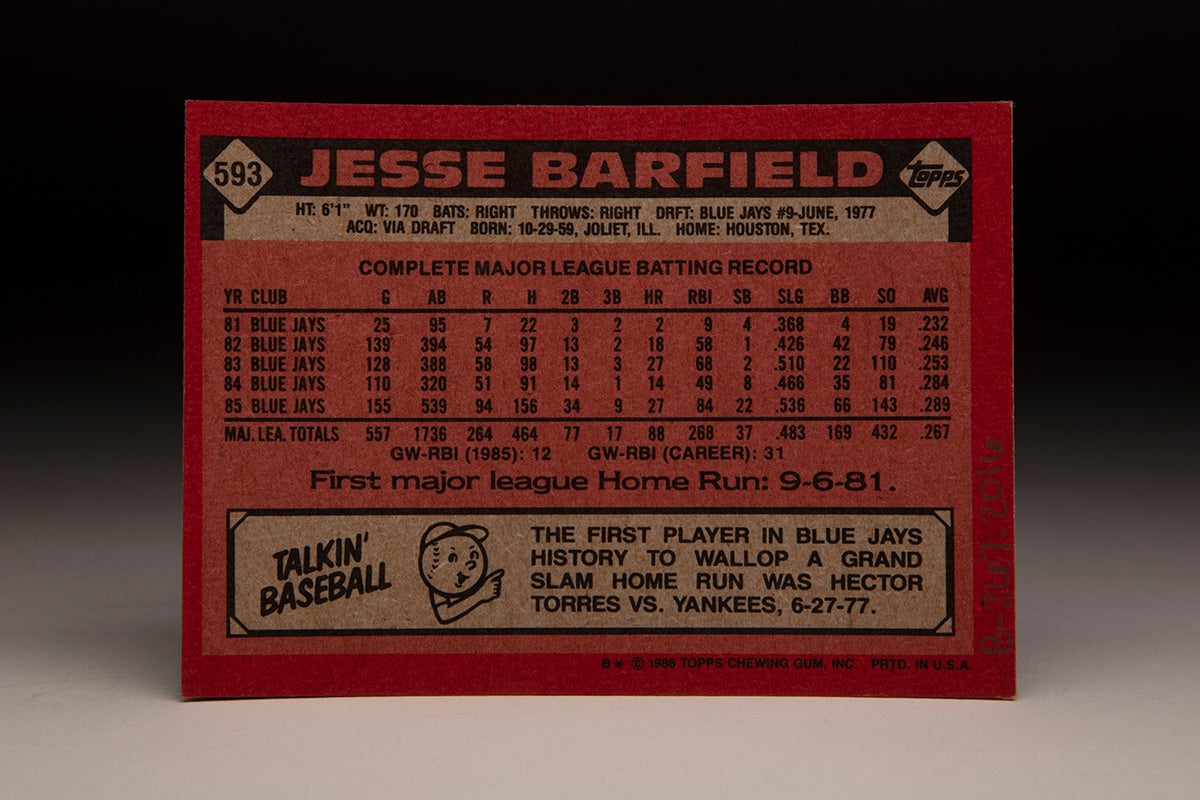
“He threw good, had a good build,” Blue Jays executive Bobby Mattick, who scouted Barfield when he faced Gullickson, told the Toronto Star in 1984. “He hit the ball hard but not consistent.
“I thought he was worth the gamble.”
Meanwhile, Barfield – unsatisfied with the Blue Jays' bonus offer and with an architecture scholarship in hand – committed to Bradley University as a pitcher a week after the draft. But once the Blue Jays upped their offer, however, Barfield signed and reported to Utica, N.Y., of the New York-Penn League.
Barfield hit .227 in 70 games with Utica then experienced more growing pains with Dunedin of the Florida State League in 1978, batting .206 with two home runs in 133 games. But Barfield showed off his strong arm by recorded 22 outfield assists, making him among the Blue Jays’ most-prized minor league assets.
After getting his feet under him at Class A Kinston in 1979 by hitting .264 with 71 RBI, Barfield made the jump to Double-A Knoxville in 1980 and showed off his budding power by hitting 14 home runs in 124 games. He returned to Knoxville in 1981 and hit .262 with 16 homers and 25 steals.
“I remember in ’80 or ’81 that I said (to Barfield): ‘With all the tools you have, you’re a can’t-miss (prospect) if you keep the right attitude,’” Blue Jays first base coach Billy Smith told the Detroit Free Press in 1987. “’You’ve got everything, and you’ll be the only one to blame if you don’t make it.’”
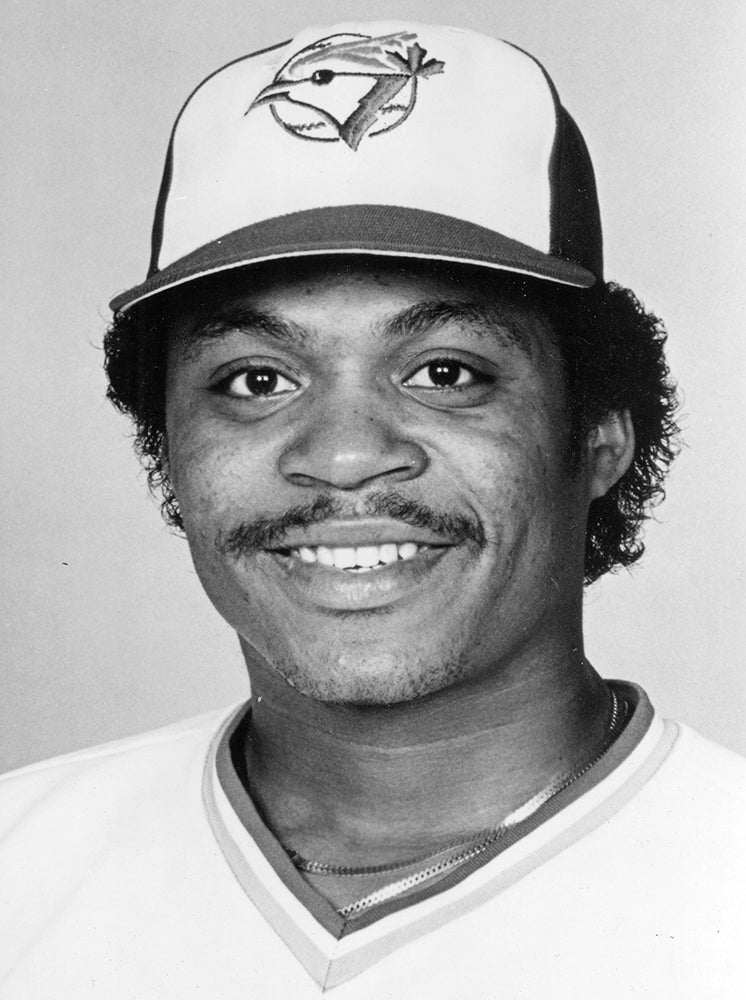
Barfield fulfilled Smith’s prediction at the end of the 1981 season when he was called up to Toronto and hit .232 in a 25-game audition. By Opening Day 1982, Barfield was batting sixth in the Blue Jays’ lineup as the starting right fielder.
With Barfield in the lineup that day was center fielder Lloyd Moseby, and by 1984 George Bell would establish himself as Toronto’s left fielder – giving the Blue Jays one of the most talented outfields in the game. But in 1982, Barfield might have been the one with the brightest future.
In 139 games during his first full season in the big leagues, Barfield hit .246 with 18 homers – the most ever at that time by a Blue Jays rookie – and 58 RBI while recording 15 assists on defense. All this came while he often platooned with lefty-hitting Hosken Powell. Barfield finished eighth in the American League Rookie of the Year voting.
“I’ve compared him all year with (Boston’s Dwight) Evans, and Evans is the best right fielder in baseball,” Blue Jays manager Bobby Cox told the St. Paul Pioneer-Press toward the end of the 1982 season. “Jesse isn’t there yet but he’s going to be an outstanding right fielder. He’s a natural.”
Barfield credited his quick ascension to big league stardom with his newfound faith which was cultivated by teammate Roy Lee Jackson.
“He seemed to have this inner peace, whether he gave up one hit or nine runs, that I’d never seen before,” Barfield said of Jackson, who spent 10 seasons as a big league reliever. “He talked to me about Christ. I kept running from Roy and finally one day my wife and I went to his home for a Bible study. By the time we had finished…I had this feeling like a great load had been taken off my shoulders, like a veil had been lifted off my eyes.”
Barfield hit 27 homers in 1983 but again was sometimes platooned and appeared in only 128 games as the Blue Jays topped the .500 mark for the first time in franchise history. Barfield played winter ball in Venezuela following the season and worked on hitting pitches to the opposite field.
“At first, right-handed pitchers seemed like a mystery to me,” Barfield told the Toronto Star in 1984. “But now it doesn’t matter.”
Barfield was still a semi-regular in 1984, however, as Moseby, Bell and Dave Collins all recorded more at-bats than Barfield’s 320. But Barfield raised his average to .284 and even managed nine assists despite appearing in only 88 games in the outfield.
Then on Dec. 8, 1984, Blue Jays general manager Pat Gillick sent Collins and Alfredo Griffin to the Athletics in exchange for reliever Bill Caudill. The move opened the door for Barfield, who had been rumored to be on the move to several teams, including Pittsburgh and Houston, before the Collins trade.
“This will be better for both of us: Davey will play more and I’ll play more,” Barfield told the Ottawa Citizen on a promotional stop in January of 1985. “I’ll be able to pull up the slack playing every day. It’s very hard as a power hitter to keep your rhythm when you play every other day or so.”
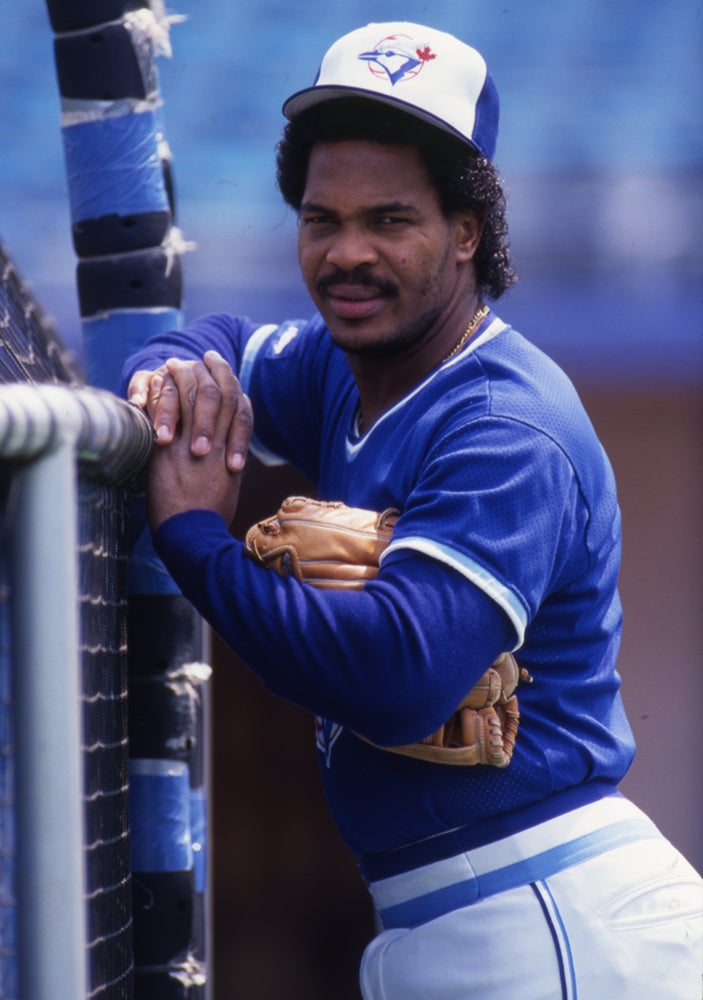
Playing every day in 1985, Barfield hit .289 with 34 doubles, 27 homers, 84 RBI, 94 runs scored and 22 stolen bases – becoming the first Blue Jays player to notch a 20-homer/20-steal season (George Bell reached that plateau 10 days after Barfield). He also led all AL outfielders with 22 assists, the first of five seasons in which he would top the league in that category.
The Blue Jays won the AL East and advanced to the ALCS, where they led the Royals three-games-to-one before Kansas City rallied to advance to the World Series. In what would turn out to be his only postseason action in the big leagues, Barfield hit .280 with a homer and four RBI – including a two-run single in Game 2 that tied the contest at 3 in a game Toronto would win in 10 innings.
Barfield was named the Blue Jays’ Most Valuable Player by the Toronto chapter of the Baseball Writers’ Association of America and finished seventh in the AL MVP voting. He avoided arbitration prior to the start of spring training in 1986 and then reached a three-year deal with the club before the 1987 campaign – although it was not reported until after the 1987 season ended – that carried him through 1989.
The 1986 season was Barfield’s best in the majors as he led the big leagues with 40 home runs while hitting .289 with 35 doubles, 108 RBI, 107 runs and 329 total bases. He was named to his first All-Star Game and won Gold Glove and Silver Slugger awards while finishing fifth in the AL MVP race. But the Blue Jays slumped to fourth place in the AL East under new manager Jimy Williams.
Also in 1986, Barfield learned the identity of his biological father.
“We were in Anaheim getting ready for a game late (in 1986) when this lady called me at the hotel,” Barfield told the Detroit Free Press in 1987. “This lady starts naming this uncle and that uncle and about this cousin and that cousin. So we meet and after a while she says: ‘I have something to tell you. I’m your grandmother.’
Barfield’s grandmother told him that his father, Evelle Kelly, was a family friend that he had known in Joliet but never learned that he was his father.
“A father-son relationship is something I was deprived of,” Barfield said. “I’m trying to learn from it, to be the kind of father my kids need.”
Barfield’s oldest son, Josh, was born in 1982 when Barfield was playing in the Venezuelan Winter League. Josh Barfield would go on to play four years in the big leagues with San Diego and Cleveland.
In 1987, the Blue Jays and Tigers battled for the AL East title until the final weekend when a three-game sweep sent Detroit to the ALCS. Barfield hit 28 home runs and drove in 84 runs while winning another Gold Glove Award. But a nagging left wrist caused Barfield to undergo surgery to remove bone chips in the offseason, and he was sidelined in early 1988 when the problem flared up again.
In 137 games in 1988, Barfield hit .244 with 18 homers and 56 RBI as rumors persisted that he would be traded. He opened the 1989 season as Toronto’s right fielder but played in just 21 games before being dealt to the Yankees on April 30 in exchange for Al Leiter – a deal that many thought would bring Dave Winfield to Toronto but was amended when Winfield was injured.
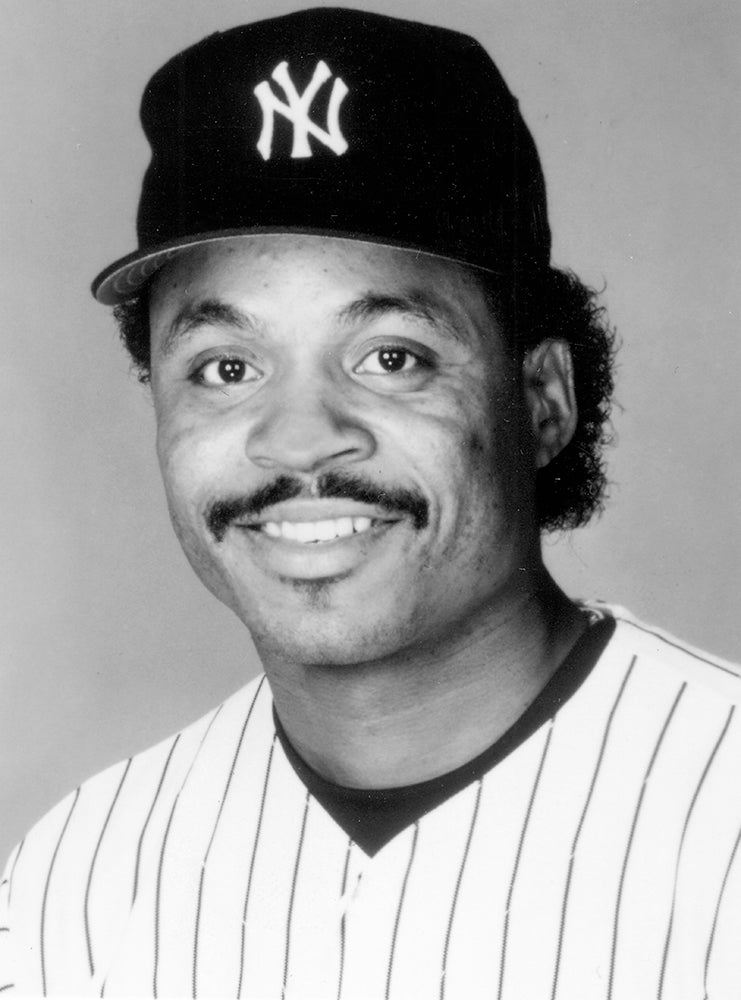
Barfield began his Yankees tenure in a 2-for-23 slump, eliciting boos from fans at Yankee Stadium. But he turned to VCR tapes to examine his swing and soon found his power stroke.
“Jesse’s worked hard since he’s gotten here,” Yankees manager Dallas Green told the Hartford Courant, “trying to get himself ready to help.”
Barfield finished the 1989 season with 23 home runs and 67 RBI in 150 games and agreed to a three-year, $5.4 million deal that kept him in New York. But 1990 marked the worst Yankees season in the Live Ball (post 1919) era as New York lost 95 games. Barfield was the subject of trade rumors as the season progressed as Barfield hit 25 home runs and drove in 78 runs in 153 games.
“A lot of clubs have asked about Barfield,” Yankees general manager Gene Michael told the press in August of 1990. “That should tell us something. He’s a good player.
“In my mind, we’re not shopping Jesse. We will listen.”
But no deal was consummated, and Barfield was New York’s Opening Day right fielder in 1991. He was hitting .225 with 17 homers and 48 RBI through 84 games when a stress fracture in his left ankle ended his season.
In 1992, Barfield fell in the sauna at his home on May 23 and damaged his already-fragile left wrist. He was able to appear in only one more game that year and finished with a .137 average in 30 contests.
With his contract expiring following the 1992 campaign, Barfield signed with the Yomiuri Giants of the Japan Central League for 1993 and hit 26 homers in 104 games. He returned stateside in 1994 with the Astros but suffered a groin injury and a broken right thumb in Spring Training and soon released, ending his playing career.
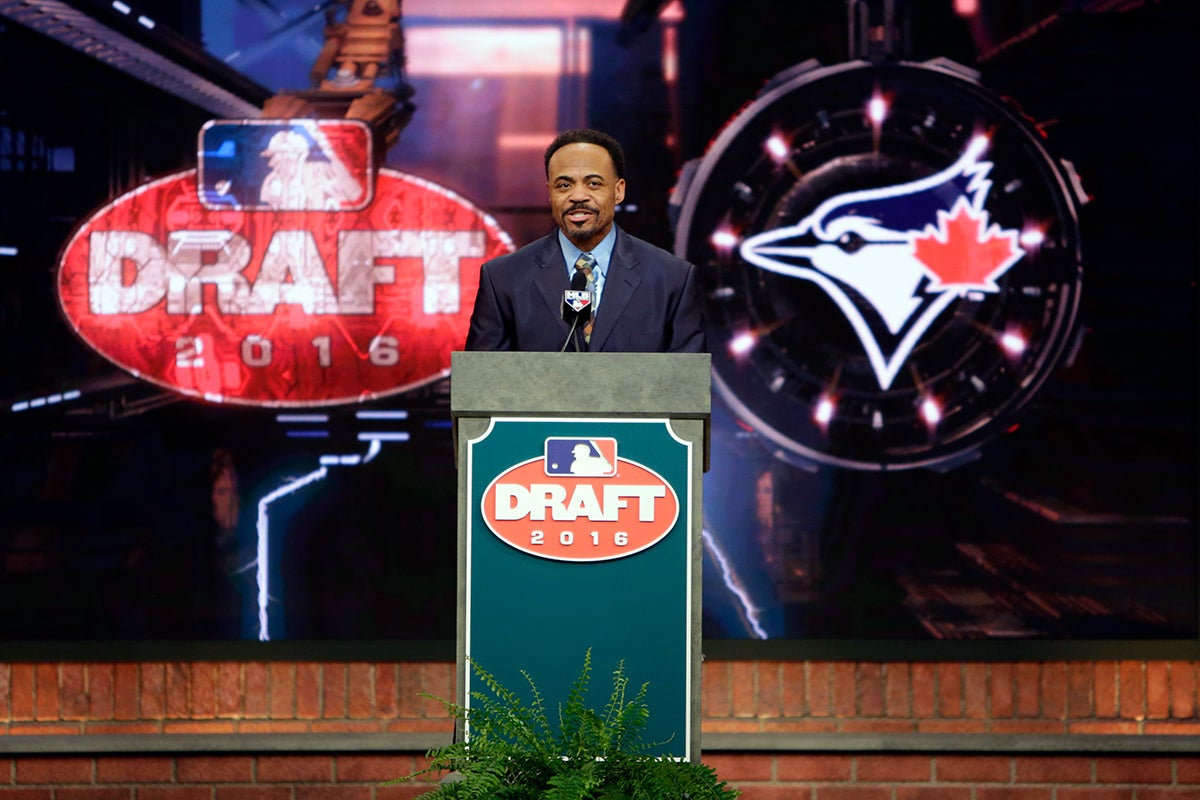
The Astros brought Barfield back as an outfield coach in 1995, and he later served as a broadcaster for the Blue Jays.
Over 1,428 MLB games, Barfield hit 241 home runs while batting .256 with 716 RBI. His career WAR of 39.4 – buoyed by defensive WAR of 12.2 – ranks behind only Dwight Evans, Andre Dawson and Dave Winfield among right fielders who played most of their careers in the 1980s.
“To me, Jesse is one of the greatest players I’ve ever played with,” former Blue Jays teammate Tony Fernandez told the Detroit Free Press in 1987. “He also has a wonderful heart, compassion.”
Craig Muder is the director of communications for the National Baseball Hall of Fame and Museum


